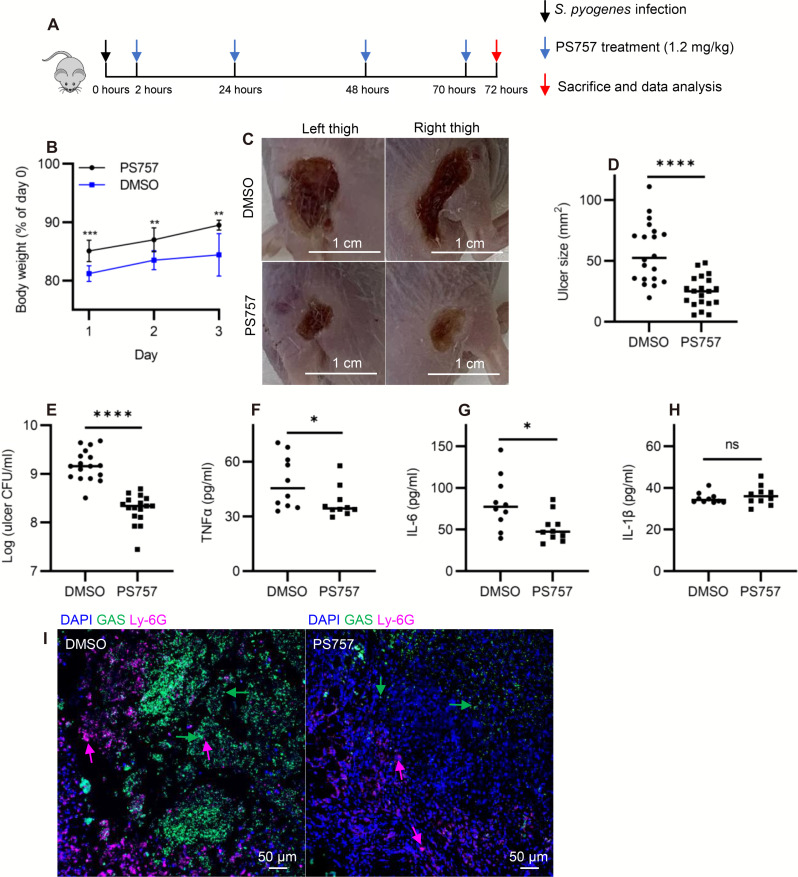Fig. 3. GmPcide PS757 was effective in treating S. pyogenes SSTI in mice.
(A) Timeline of the 3-day infection and treatment protocol by using PS757 to treat S. pyogenes SSTI in mice. (B) PS757 treatment alleviated acute weight loss caused by S. pyogenes SSTI in mice in 3 days. (C and D) PS757 treatment reduced ulcer formation at day 3 of S. pyogenes SSTI in mice (P < 0.0001). (E) PS757 treatment attenuated bacterial burden at day 3 of S. pyogenes SSTI in mice (P < 0.0001). (F to H) Generation of host pro-inflammatory inflammation cytokines, TNFα [(E) P ≤ 0.05] and IL-6 [(F) P ≤ 0.05], but not IL-1β (H), were reduced in the PS757-treated group at day 3 of S. pyogenes SSTI in mice. (I) Immunofluorescence microscopy characterizations of thigh tissue samples from both vehicle-treated and PS757-treated mice demonstrated the accumulation of streptococcal and neutrophil cells and intensive interaction in between at the infection site, as well as elevated amounts of these cell types in the vehicle-treated mice group. Statistics were performed with Mann-Whitney U test. P ≤ 0.05 is considered as statistically significant. *P ≤ 0.05, **P < 0.01, ***P < 0.001, and ****P < 0.0001. ns indicates not significant. DAPI, 4′,6-diamidino-2-phenylindole.

